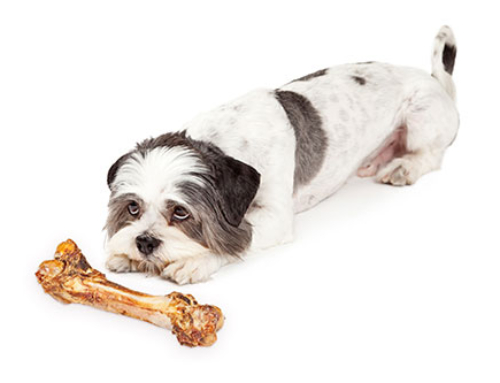It’s a great idea to have a pet emergency kit at your home and a smaller one in your car. You can
buy kits already assembled or you can put them together yourself. Use a small plastic container
with a tight-fitting lid or use a tackle box for each kit. It should contain the following items:
Phone number and directions to your veterinary hospital
Phone number and directions to closest emergency veterinary hospital
Phone number of poison control center
Rectal thermometer
K-Y jelly without spermicide
Tweezers to remove ticks, burrs, and splinters
Blunt tip scissors
Disposable latex gloves
Syringes of various sizes
Pen light
Nylon slip leash
Rubbing alcohol
3% Hydrogen peroxide for cleaning wounds
Diphenhydramine or Benadryl for allergic reactions
Antibiotic ointment for wounds
Wound disinfectant such as Betadine or Nolvasan
Cortisone spray or cream
Sterile saline for flushing eyes or other areas
Ear cleaning solution
Roll of 2-inch-wide gauze bandage
Roll of 1-inch-wide bandage tape
Roll of 2-inch-wide Vetrap
Gauze pads in different sizes
Nonstick pads
Roll of cotton
Cotton balls
Cotton swabs
Soap or mild shampoo for cleaning
Muzzles that you can buy at pet stores
Styptic powder/sticks, Kwik-Stop, or cornstarch to control nail bleeding
Nail clippers and metal nail file
Magnifying glass
Two heavy towels/blankets to use as a stretcher and to keep pet warm
Several clean towels
Paper towels
Pedialyte for dehydration
Nutri-Cal nutritional supplement
Karo syrup for low blood sugar
Flea comb




